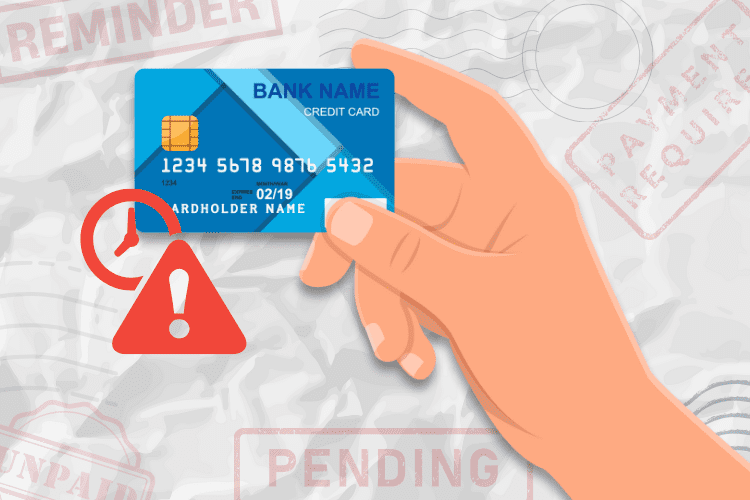A Quick Guide To Rolling Over Your Previous 401(k)

If you just switched jobs, you’re probably thinking about what’ll happen to your old 401(k) plan when you start at your new company.
Thankfully, you have several options to keep your money safe. You must strategically choose your new employer’s 401(k), an IRA, or cashing out altogether. Making the right move can save you thousands of dollars.
Learn everything you need to know about 401(k) rollover plans and your options with our step-by-step guide!
How Do 401(k) Rollover Plans Work?
401(k) rollovers happen when you switch money from a previous 401(k) to another retirement account option.
While some people might be doing a rollover because they’re changing companies, others are trying to maximize their returns when they hit retirement age. There are many options to choose from that offer flexibility and better interest fees than employer-backed 401(k) programs.
No matter which option you go for, you need to keep in mind that rollover plans are time-sensitive. The IRS gives you 60 days from the time you get your assets to put them into another retirement plan, so make sure you transfer everything before the deadline to avoid any penalties!
How To Roll Over Your Former Company’s 401(k) Plan
When you redirect your funds, you should look at a few main options. Let’s take a look at each one:
A Direct Rollover From Your Old 401(k) To Your New Account
A direct rollover transfers your funds from your old employer’s account to your current company’s 401(k). All you need to do is contact your previous plan administrator to do it, and the funds should be in your new account in no time.
Since direct transfers switch your money from one 401(k)account to another, the IRS won’t penalize you for making that move. Direct rollovers will also make it easier for you to manage your retirement funds in one place.
Open An IRA
Opening an IRA account with your old funds will open new investment opportunities that may even save you money in the long term.
However, the type of IRA you choose may have different penalties depending on the type you choose. For example, a traditional 401(k) requires a pre-tax contribution, while a Roth IRA is an after-tax account. Because of this crucial difference, you’ll need to pay taxes on your rollover the year it happened.
Cash Out Of Your Previous 401(k) Plan
If you’re financially tight, cashing out may be the best route to take. Some employers may cash out your funds if the amount is below a specific threshold.
Regardless of the situation, be aware that taking the money now comes with severe penalties.
Your employer may take 20% as the funds you’re receiving are considered cash distributions by the IRS. You may also be slapped with a 10% penalty fee and further income taxes if you don’t roll over the funds into another account. Use the cashout option as a final resort unless you truly need the money.
Keep Your Account With Your Old Employer
The easiest option on this list is to leave your funds in your old 401(k) if the company you worked for allows it.
This would be wise only if you’re satisfied with their investment options and have lower interest fees than your new company. However, you won’t be able to add more funds or may need to pay higher interest rates if you’re no longer working there.
The Bottom Line
From direct 401(k) transfers to lucrative IRAs, you have plenty of accounts available to ensure your retirement funds are safe and sound.
But before you decide, research and check which option would give you the best ROI while avoiding a potential tax penalty from Uncle Sam. The right retirement plan will save you thousands of dollars and help you meet your retirement goals sooner than you think!
Read More:










